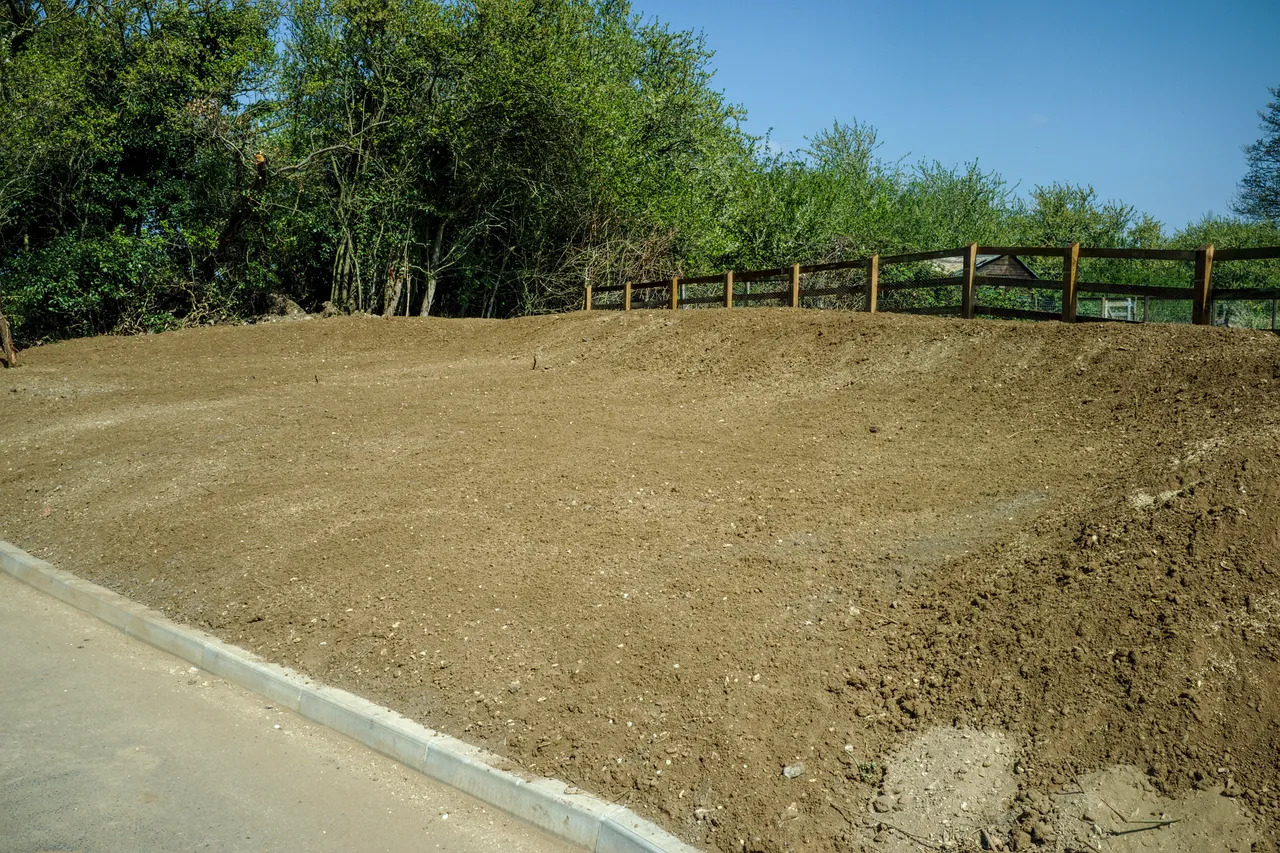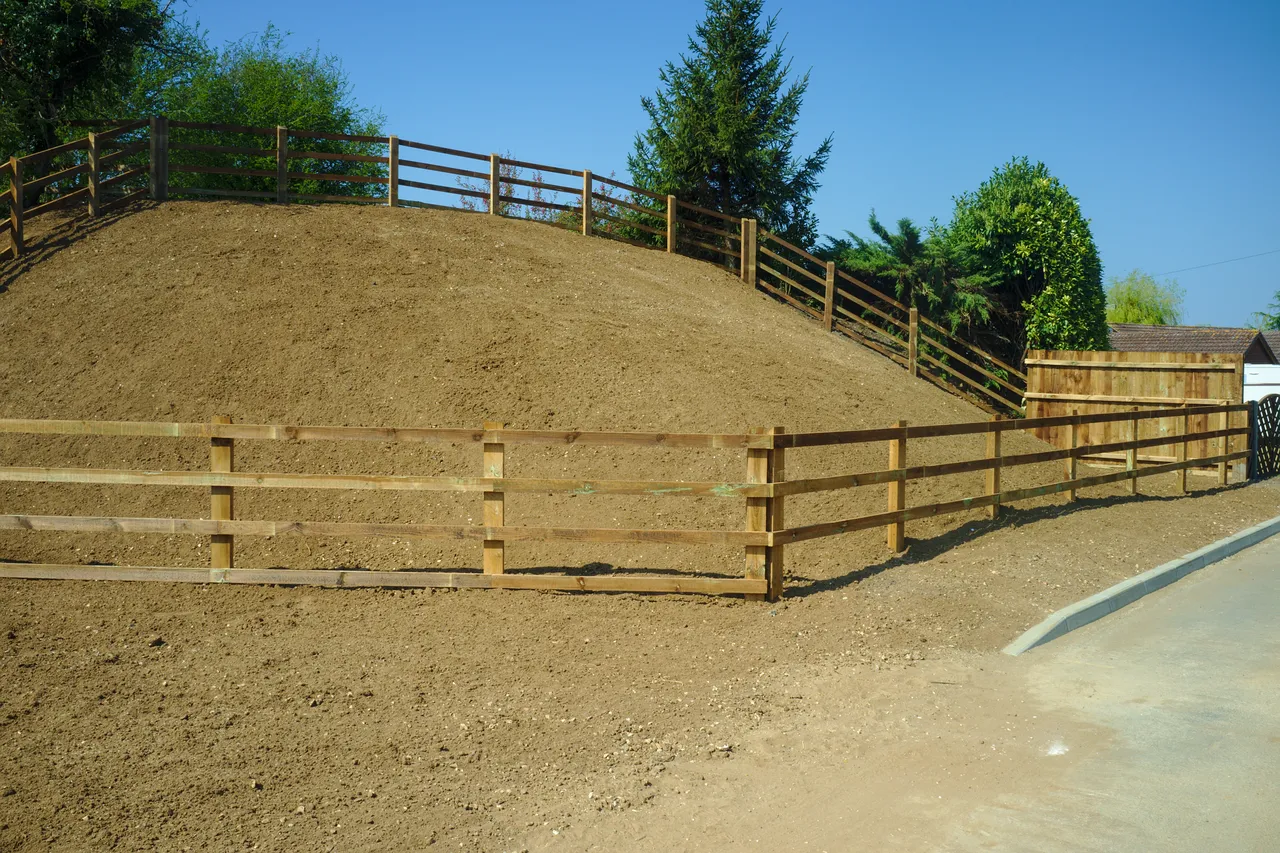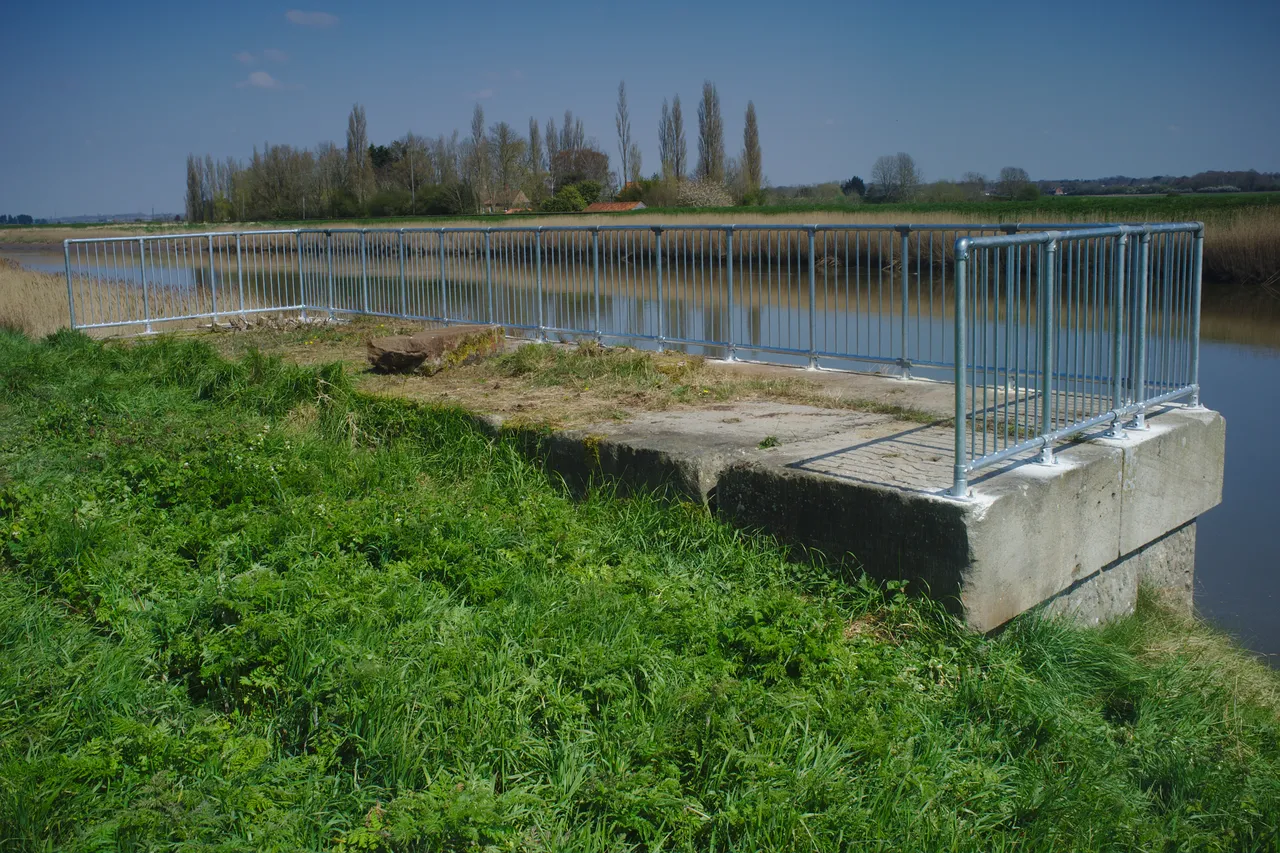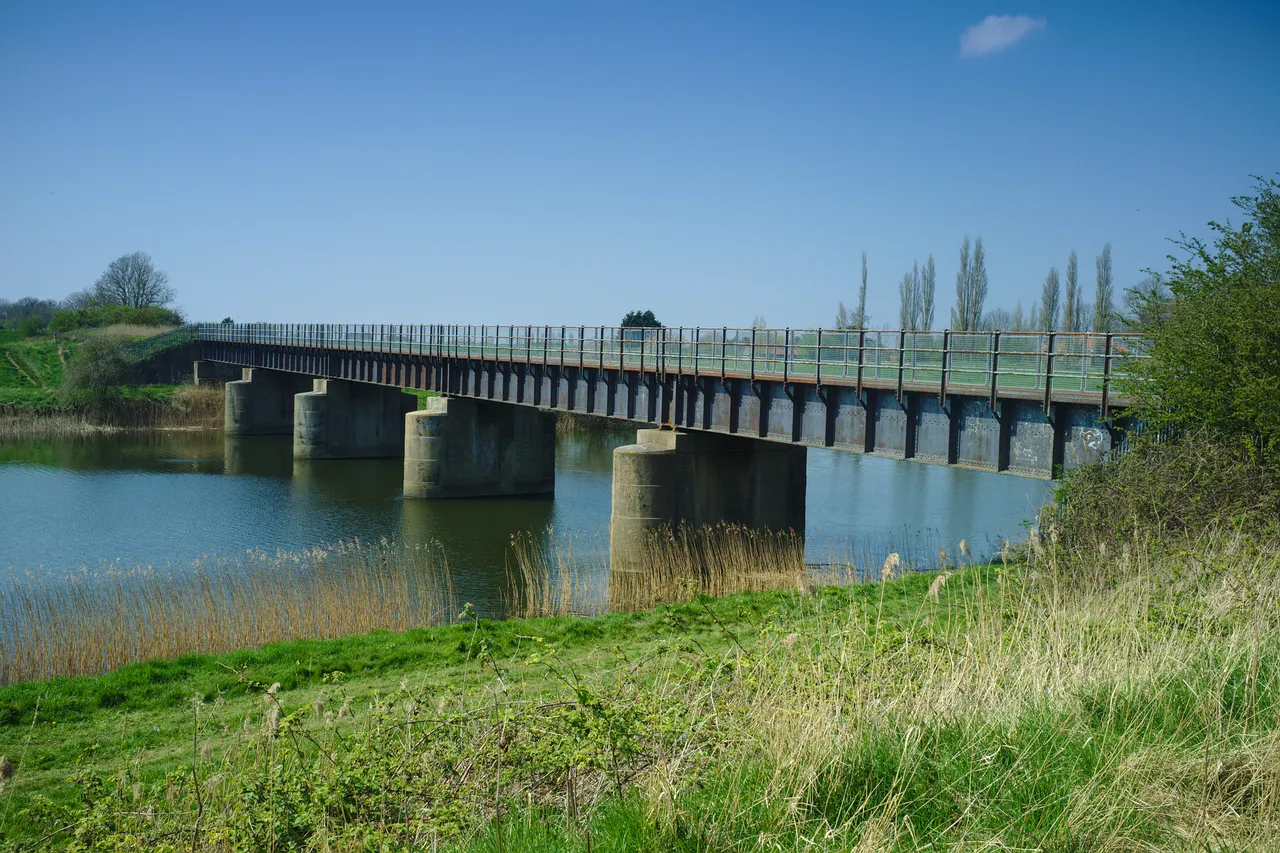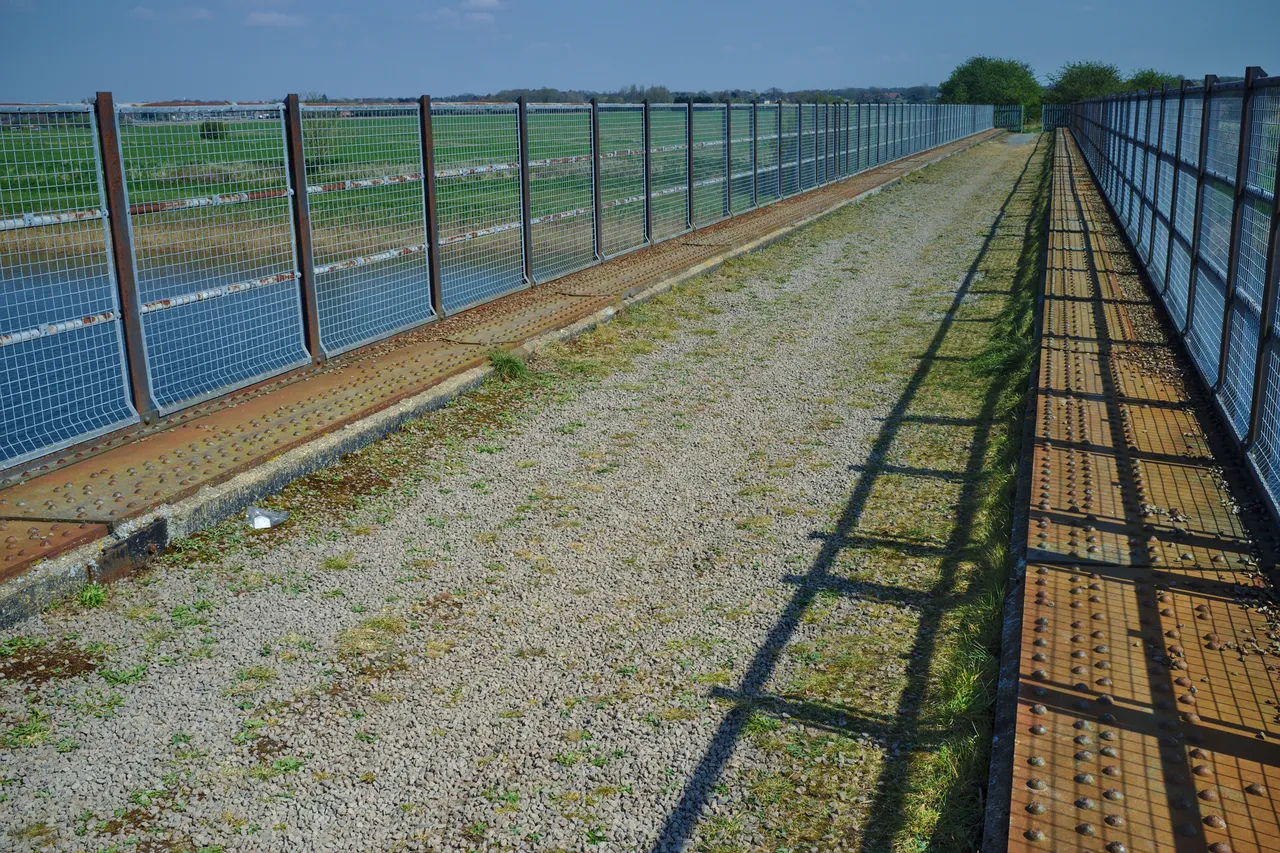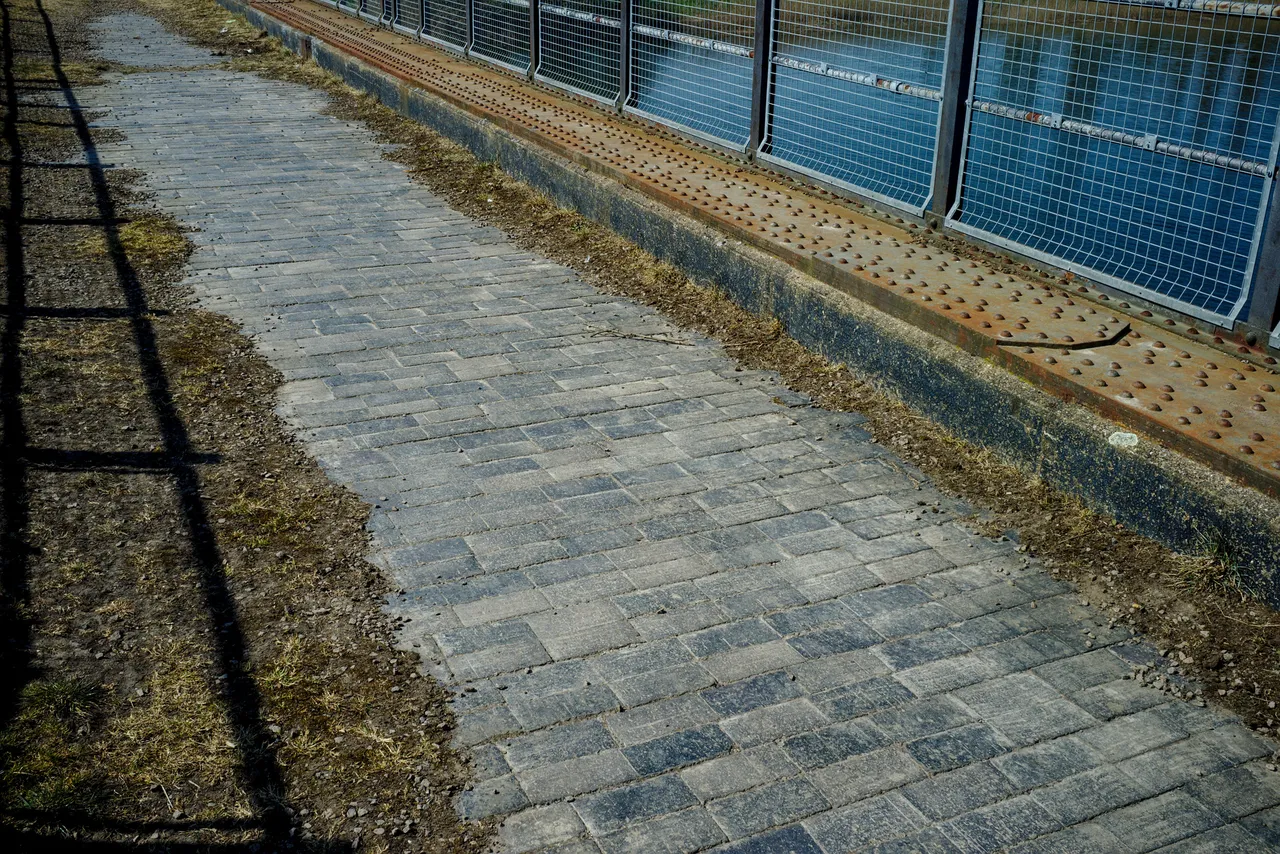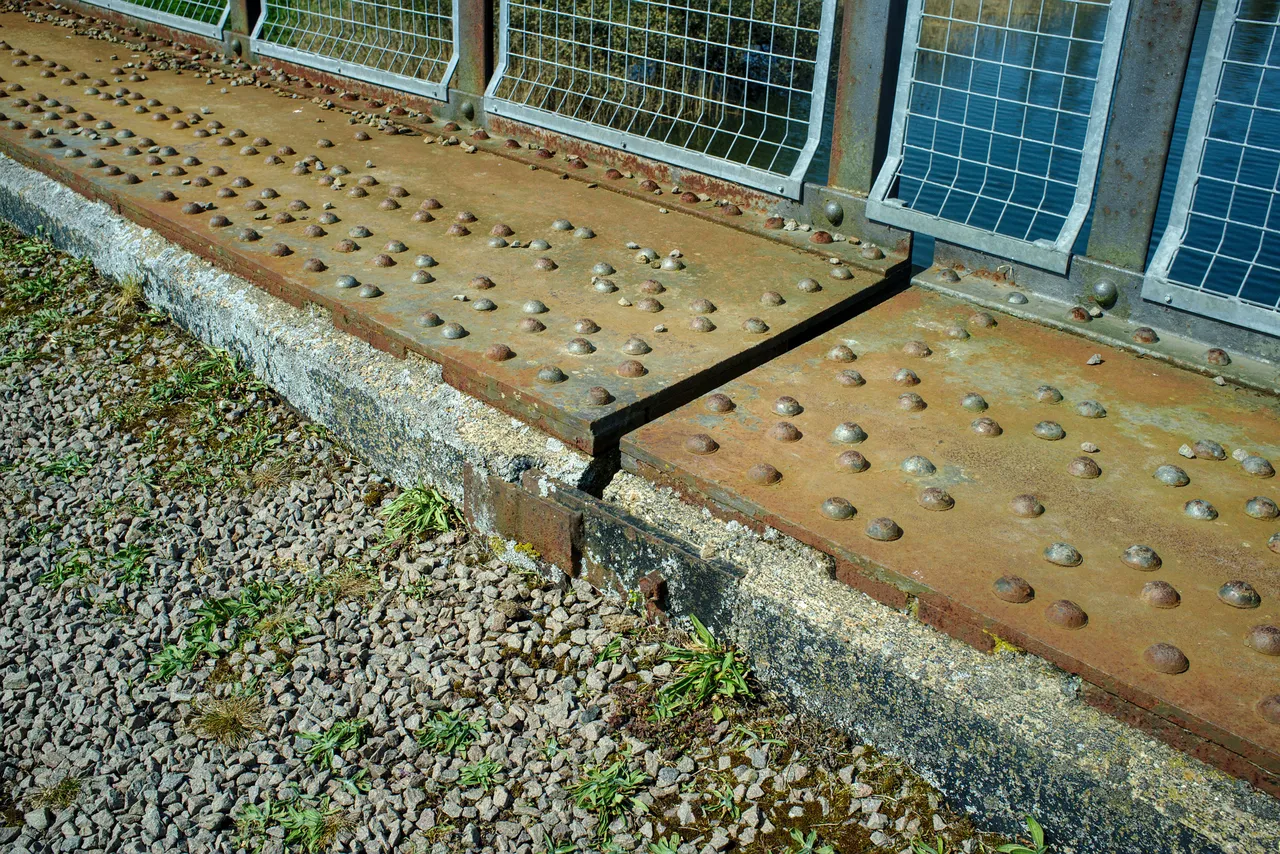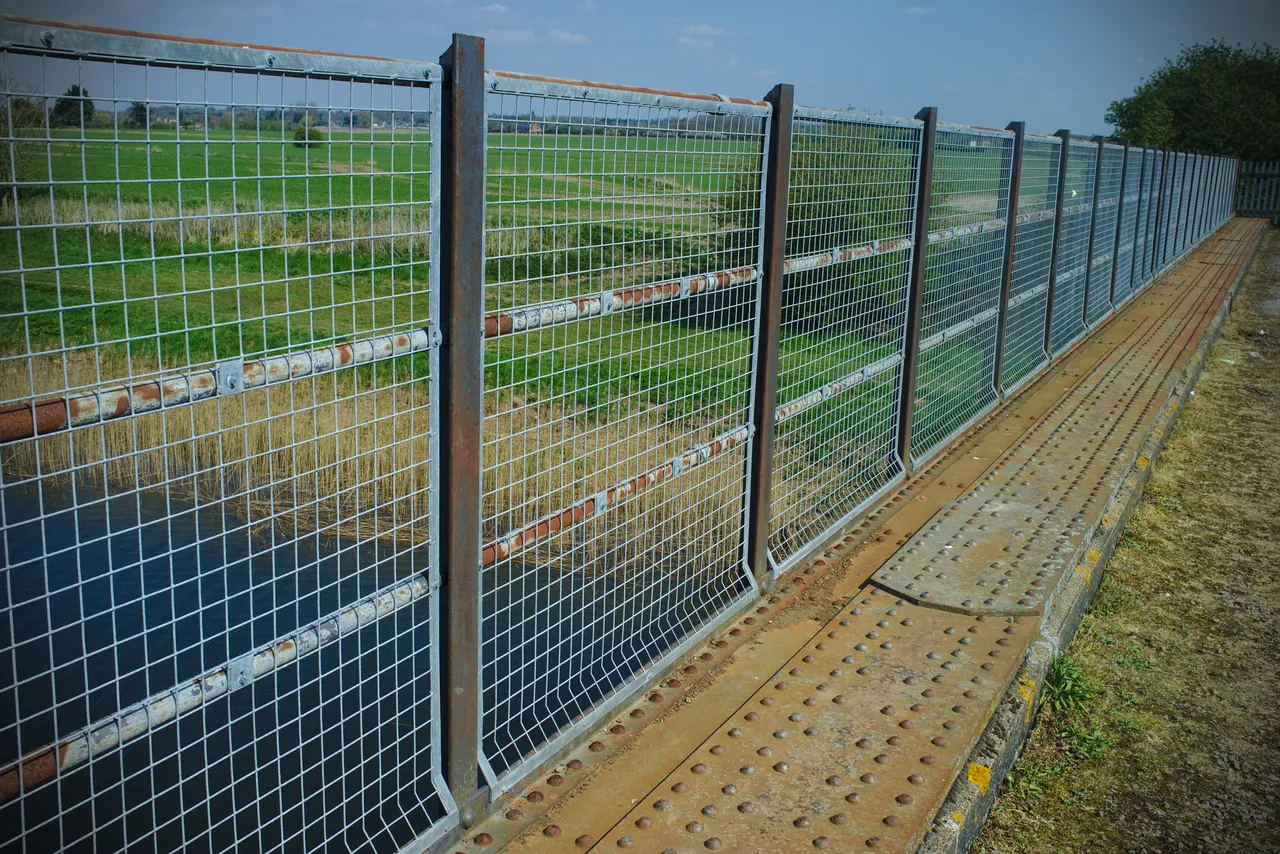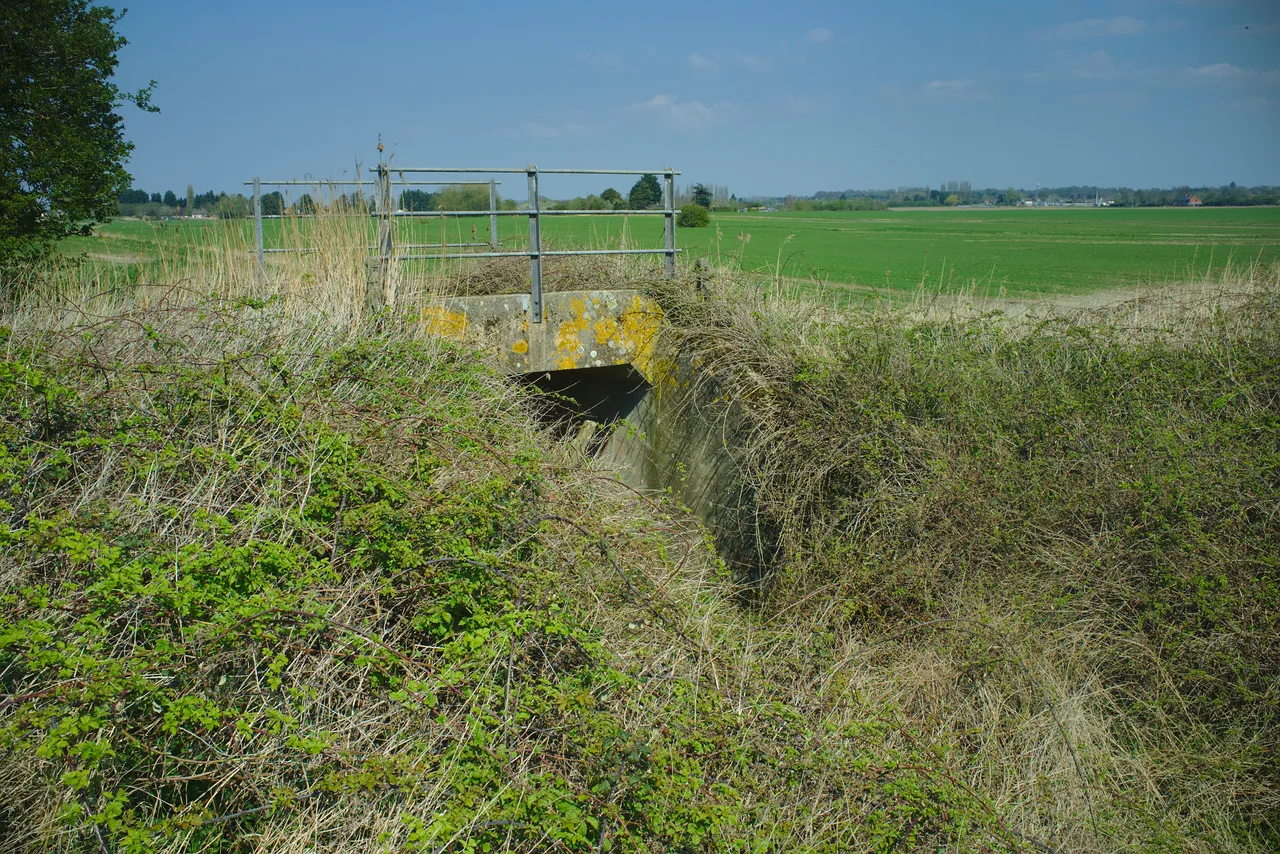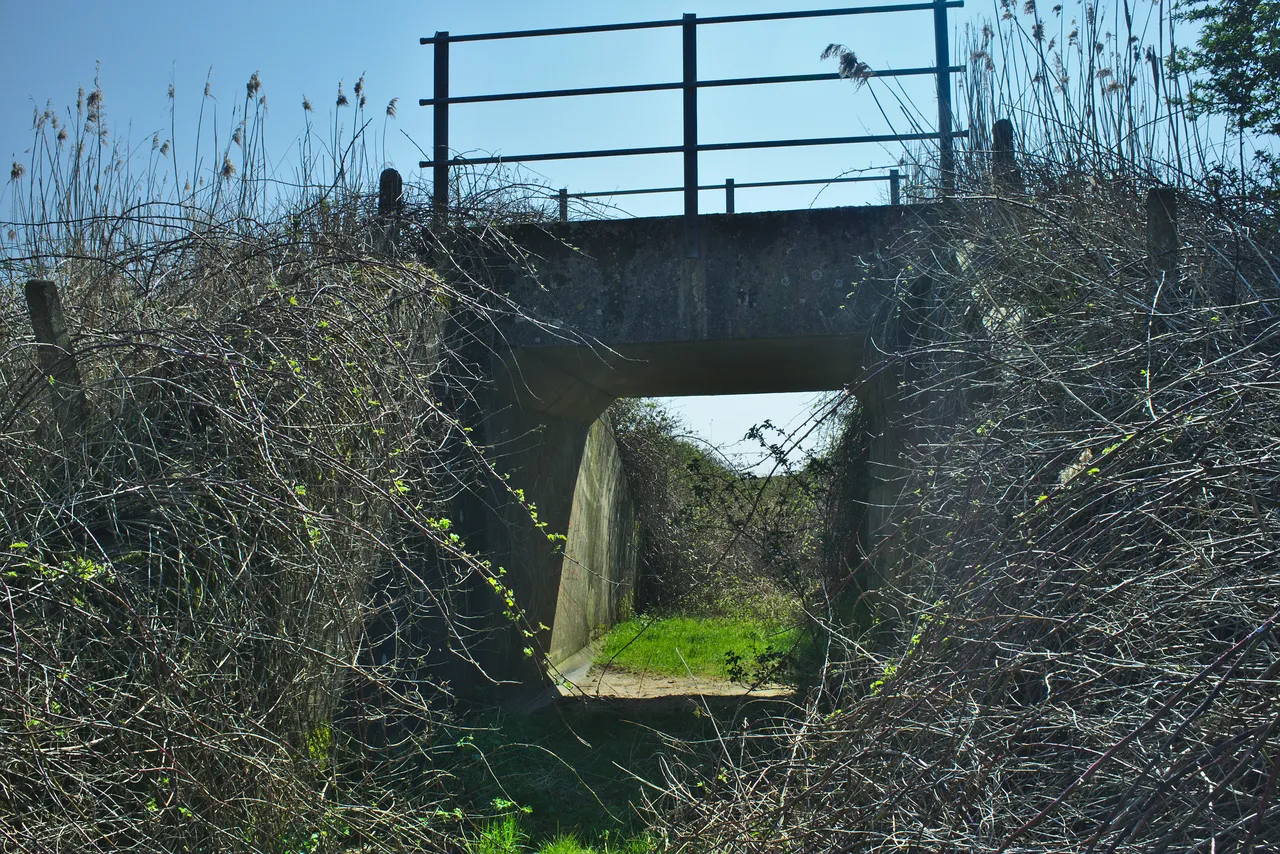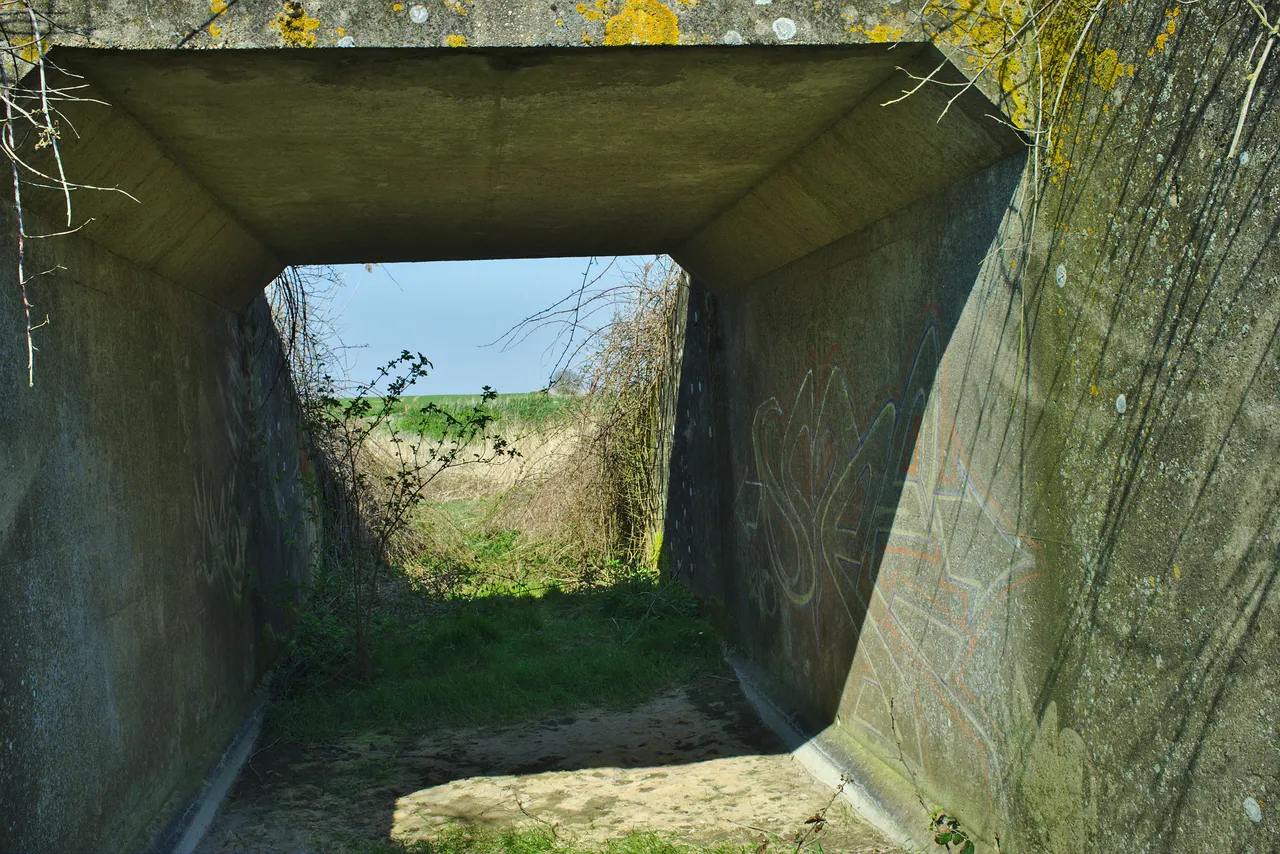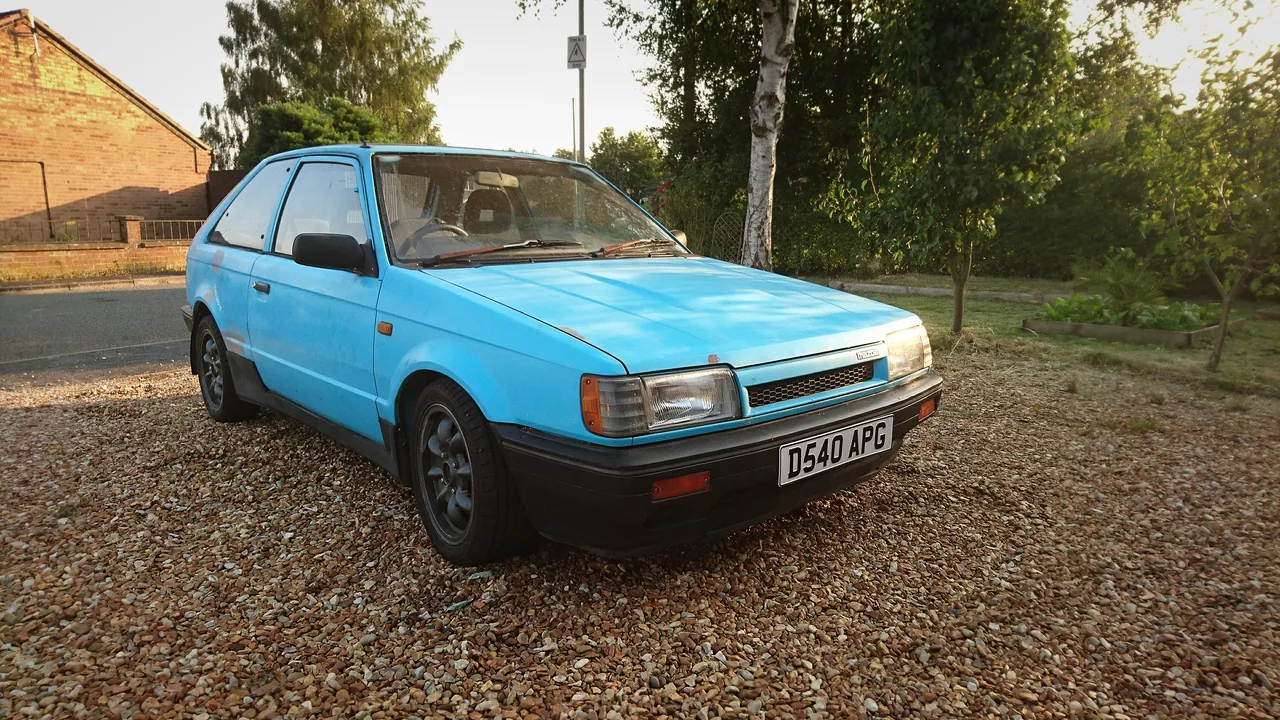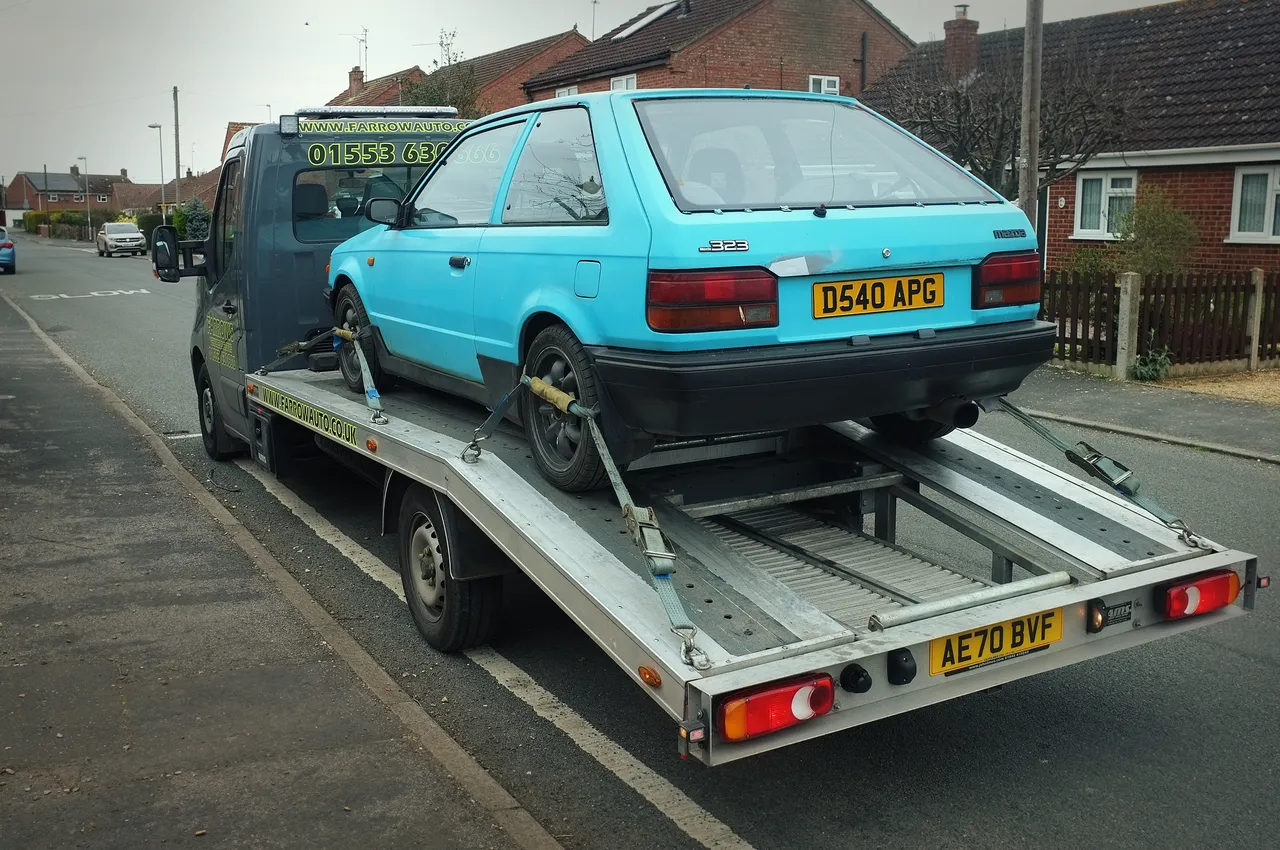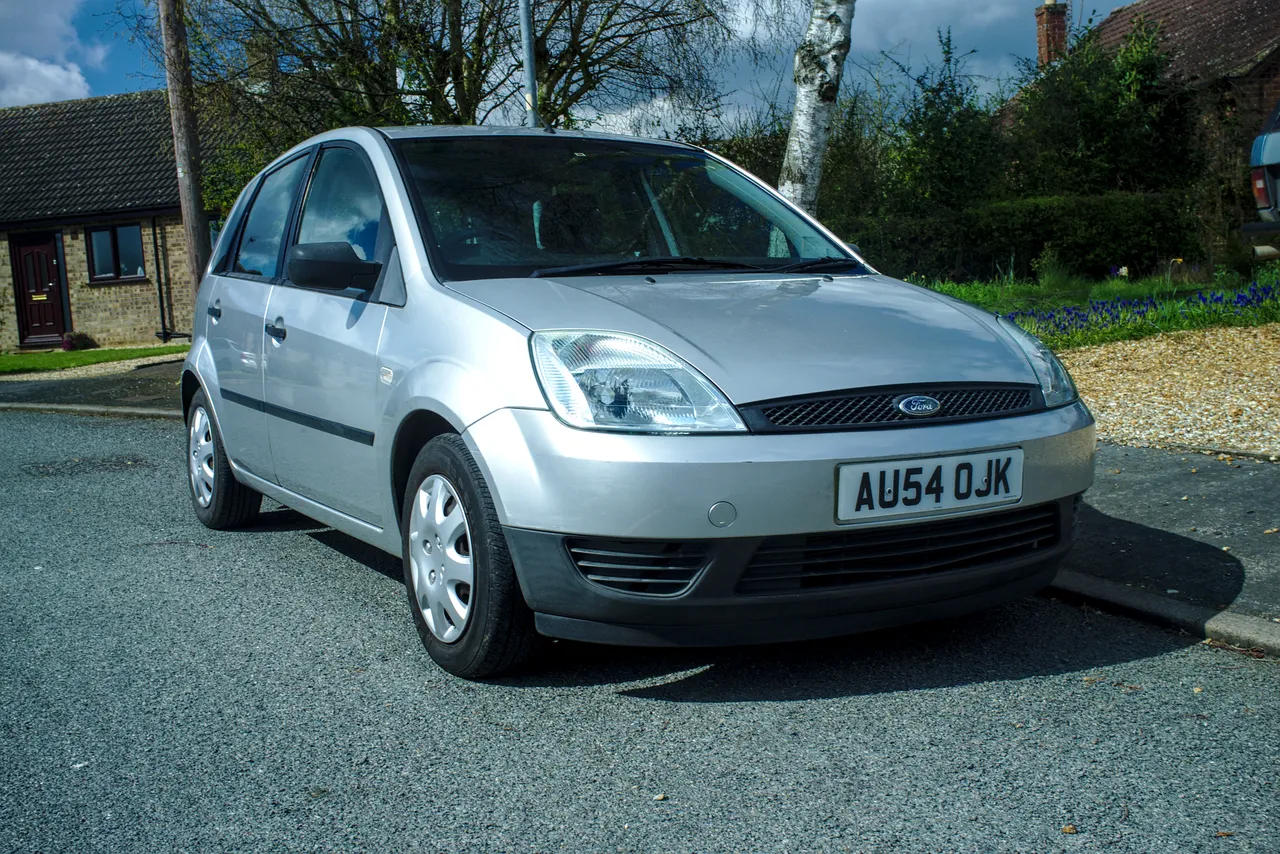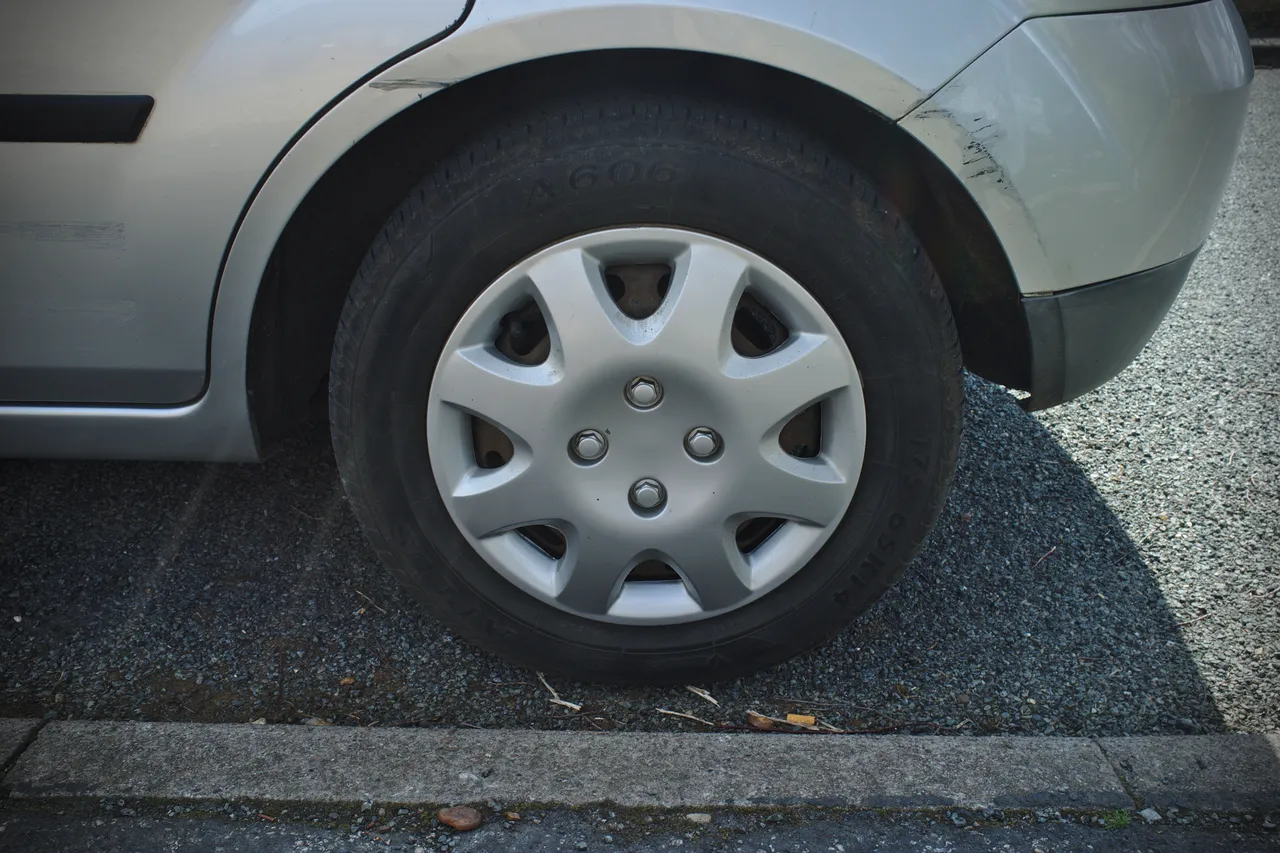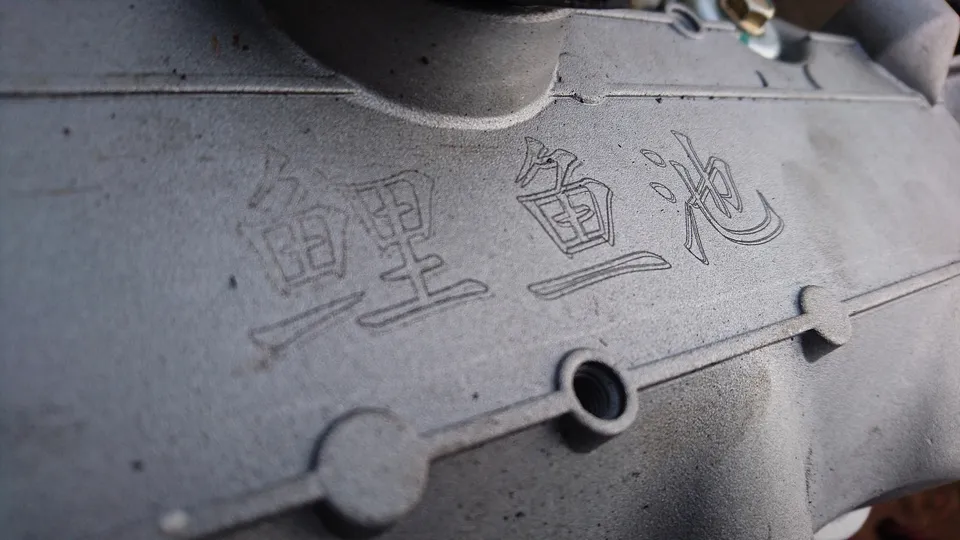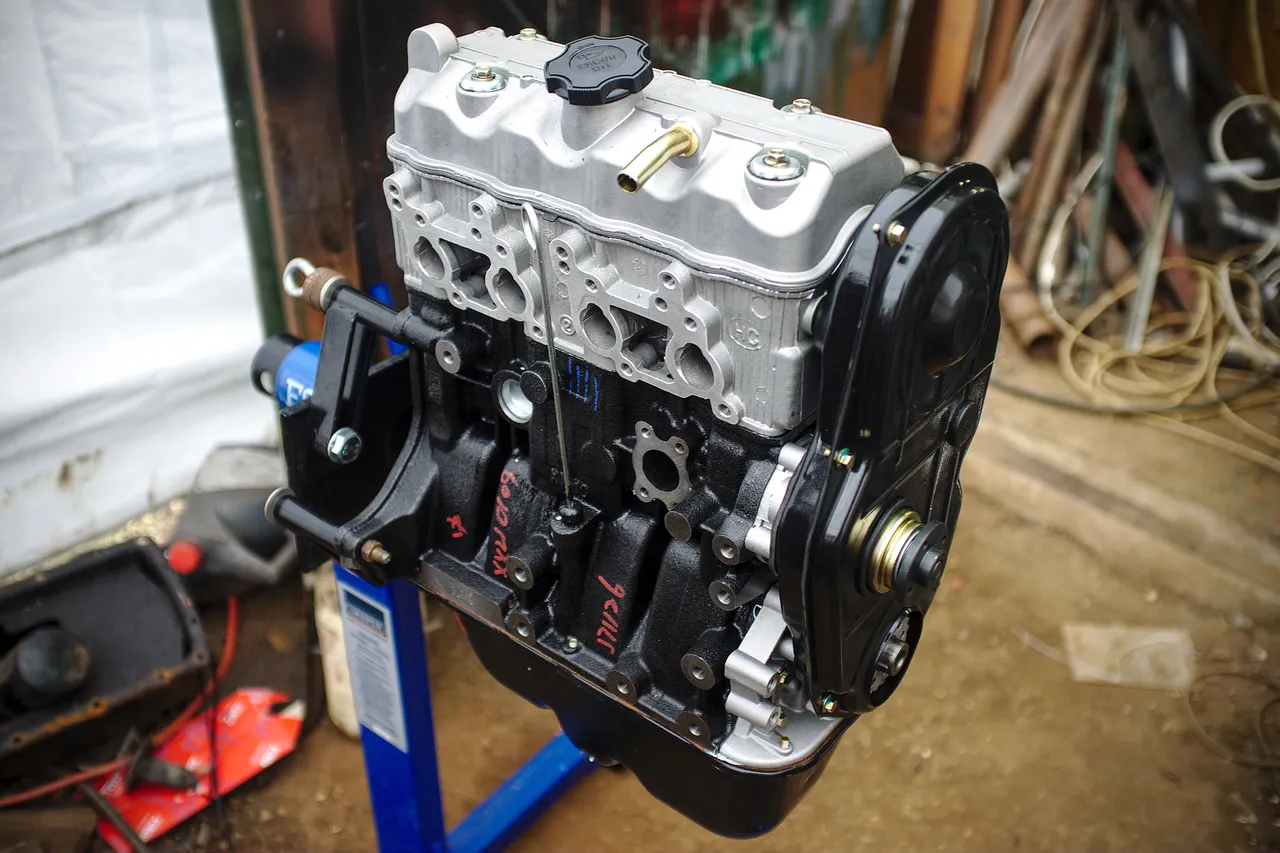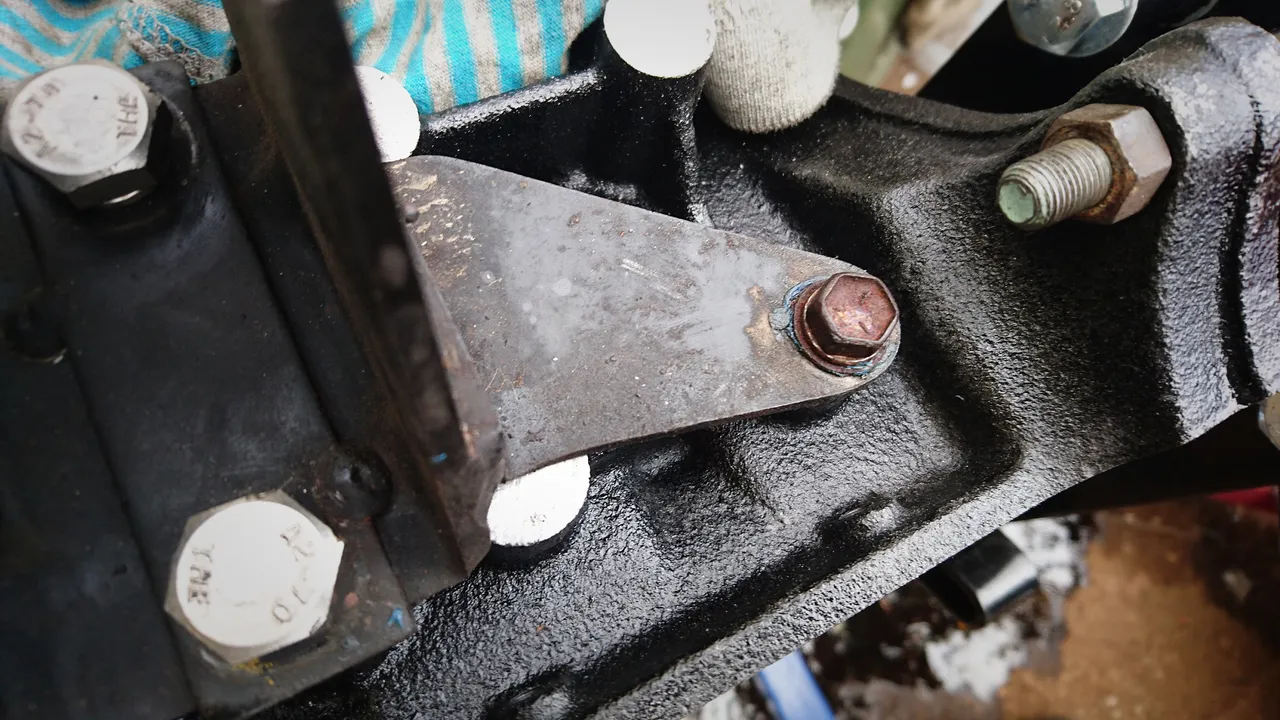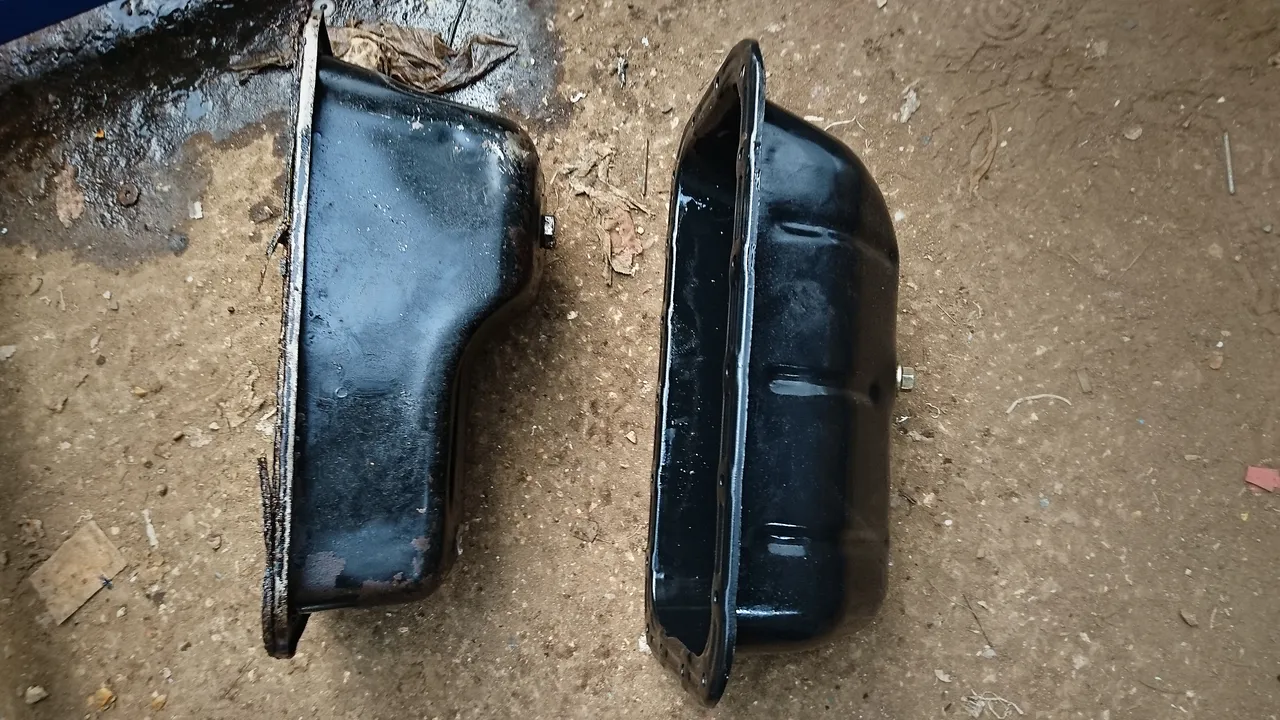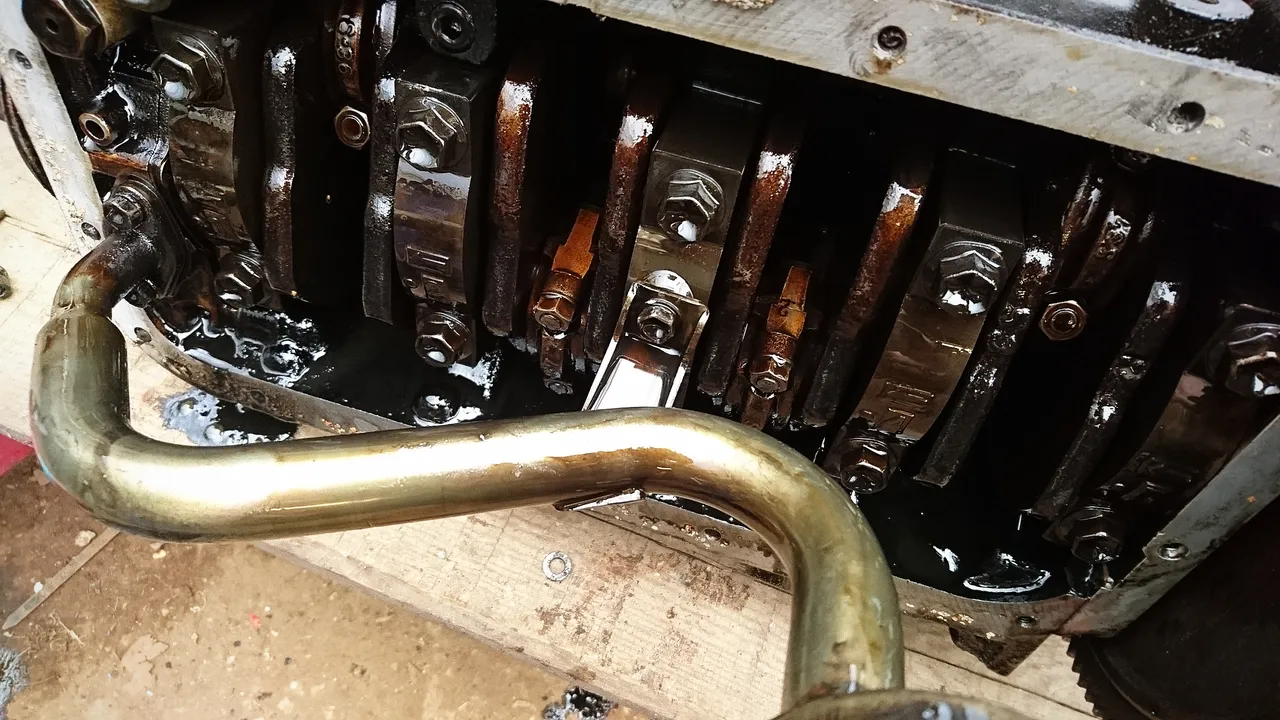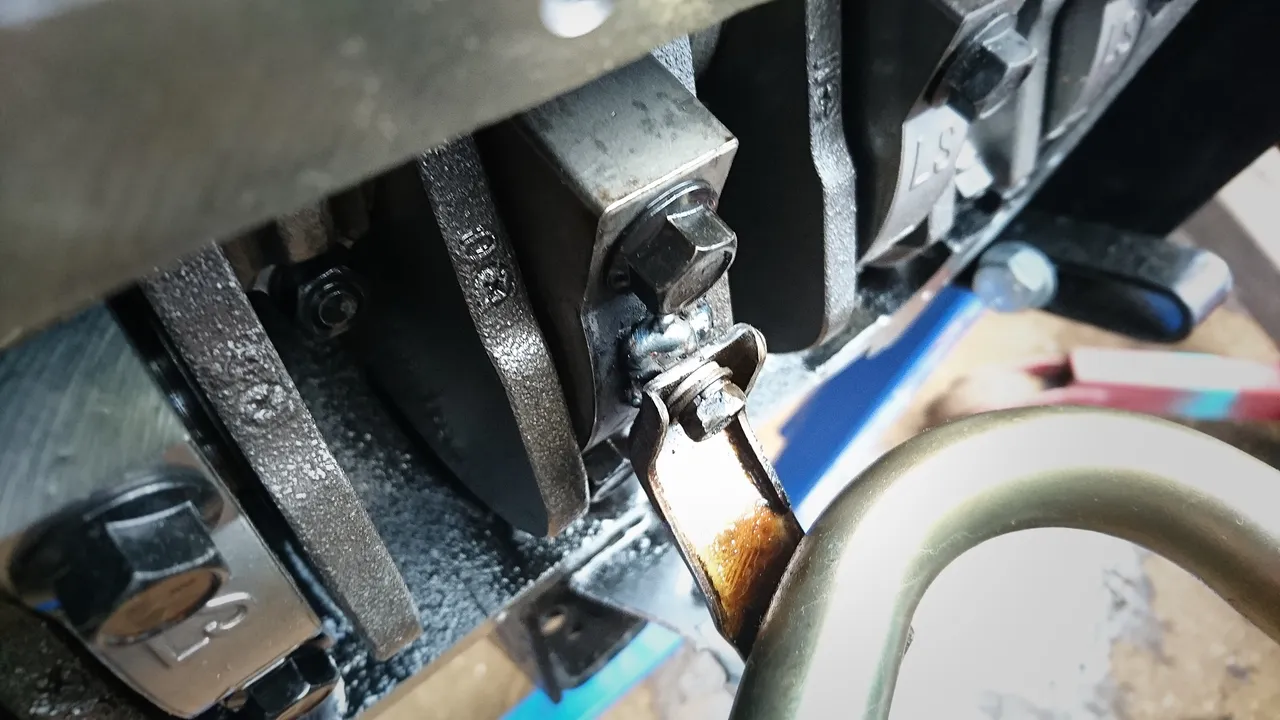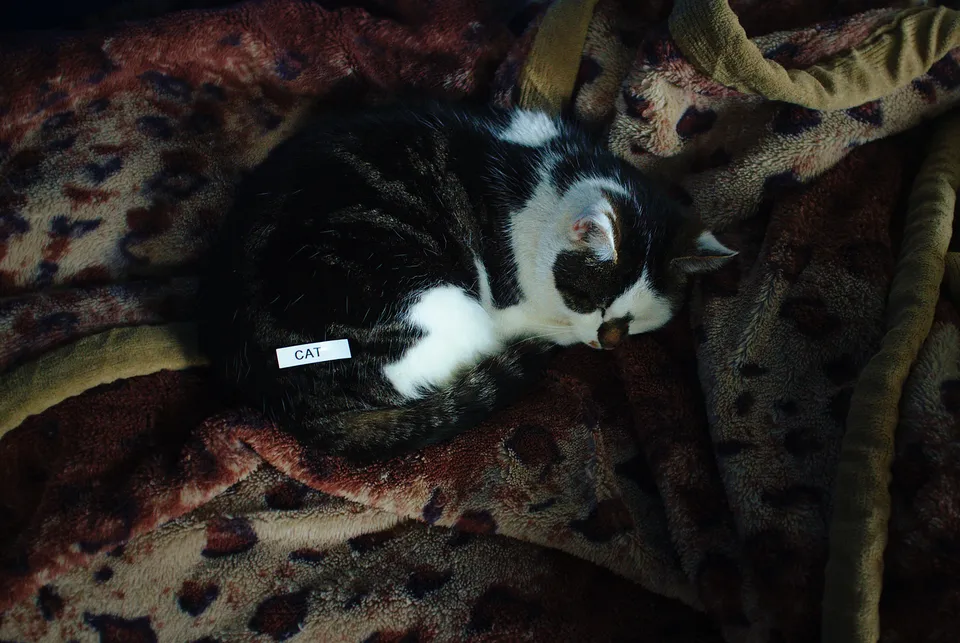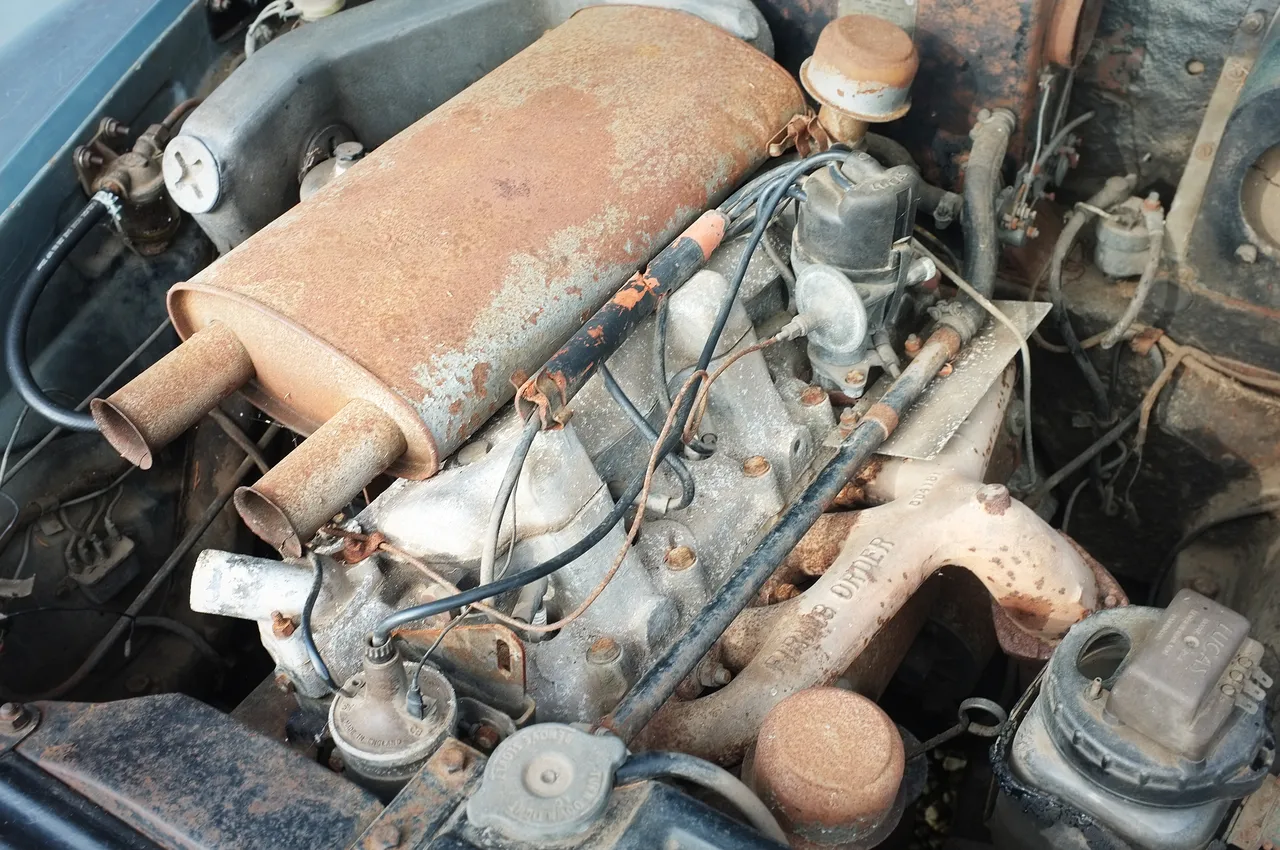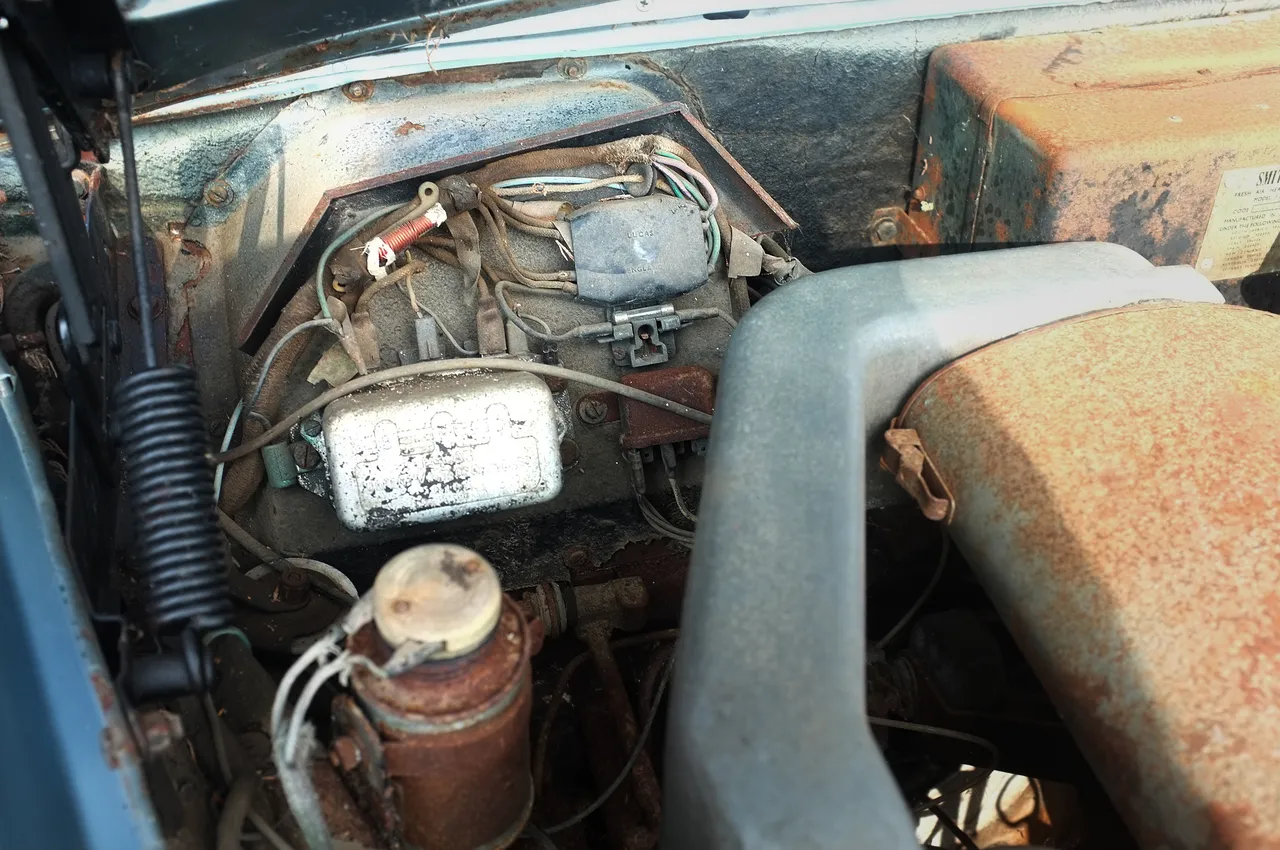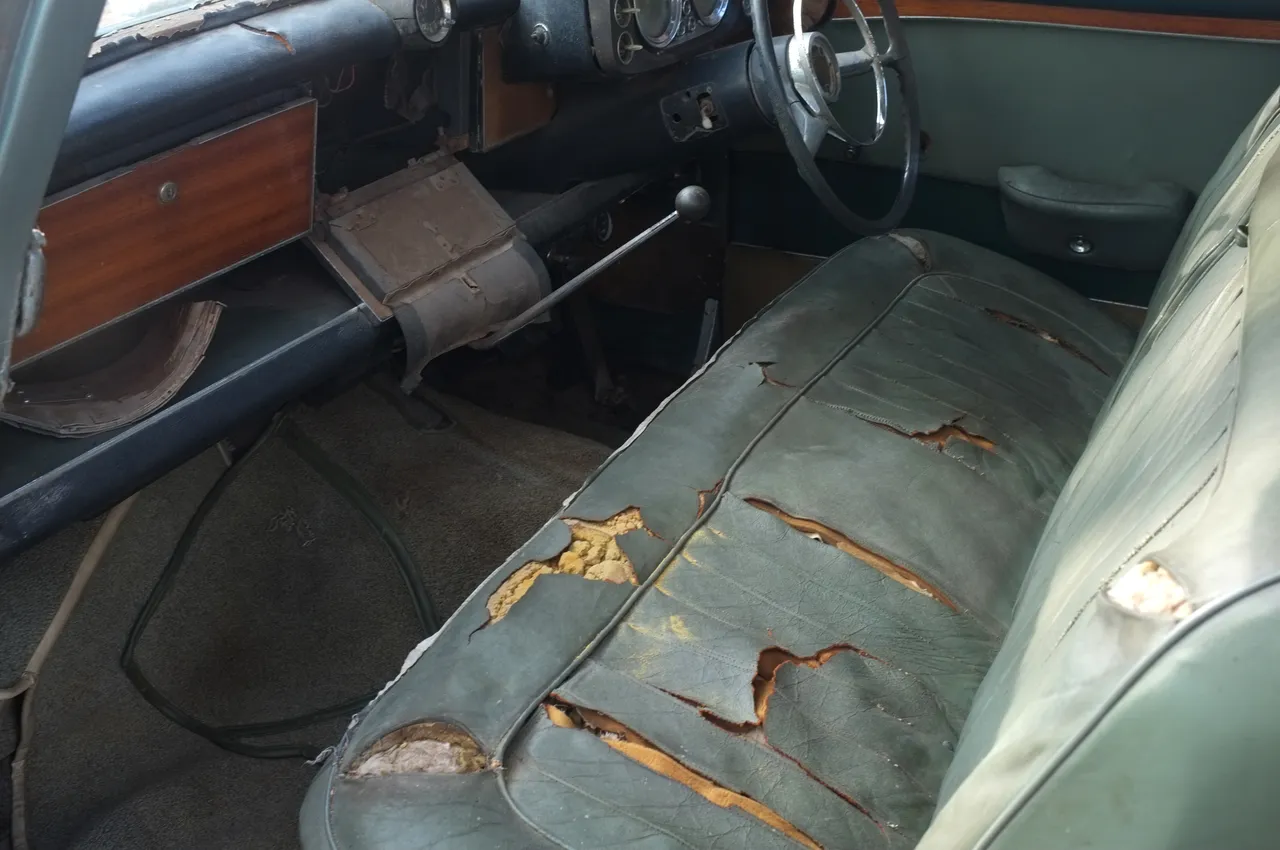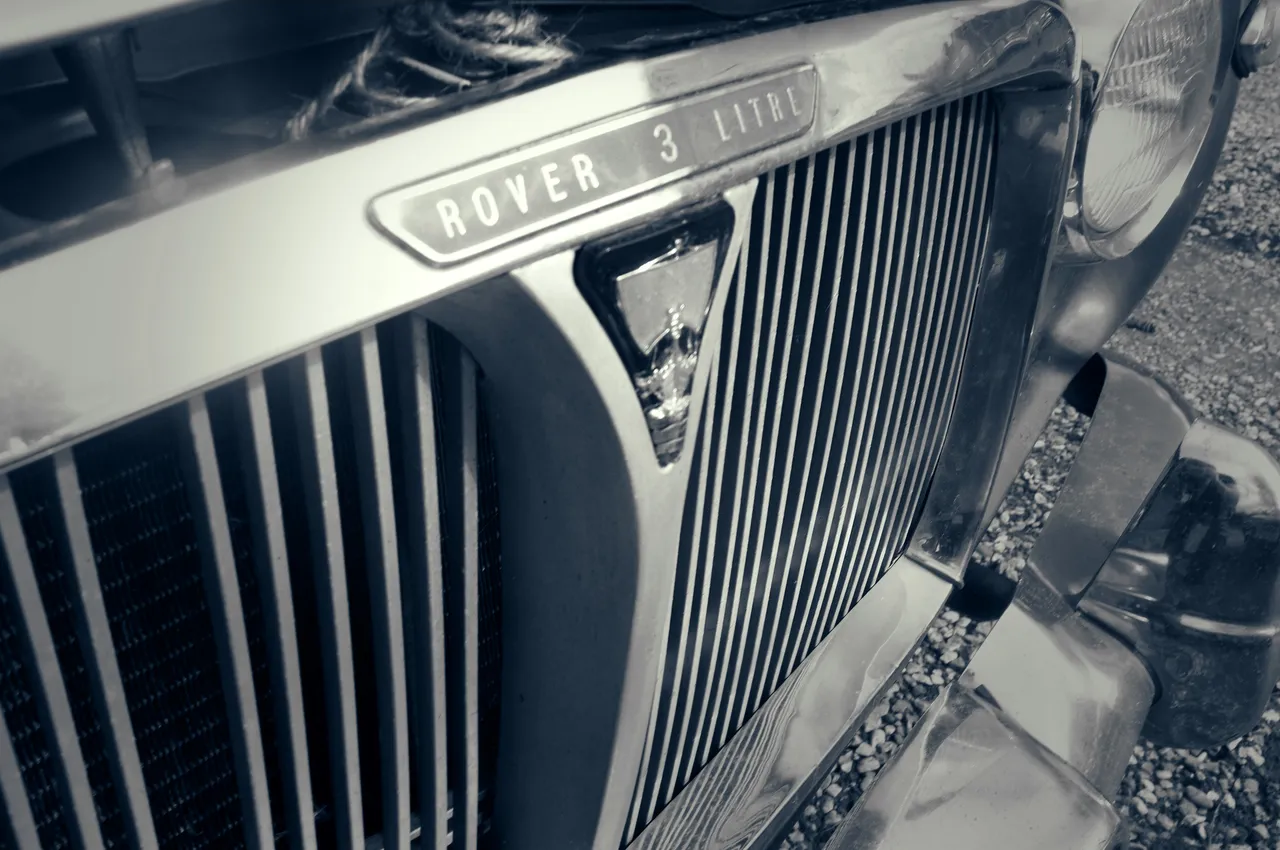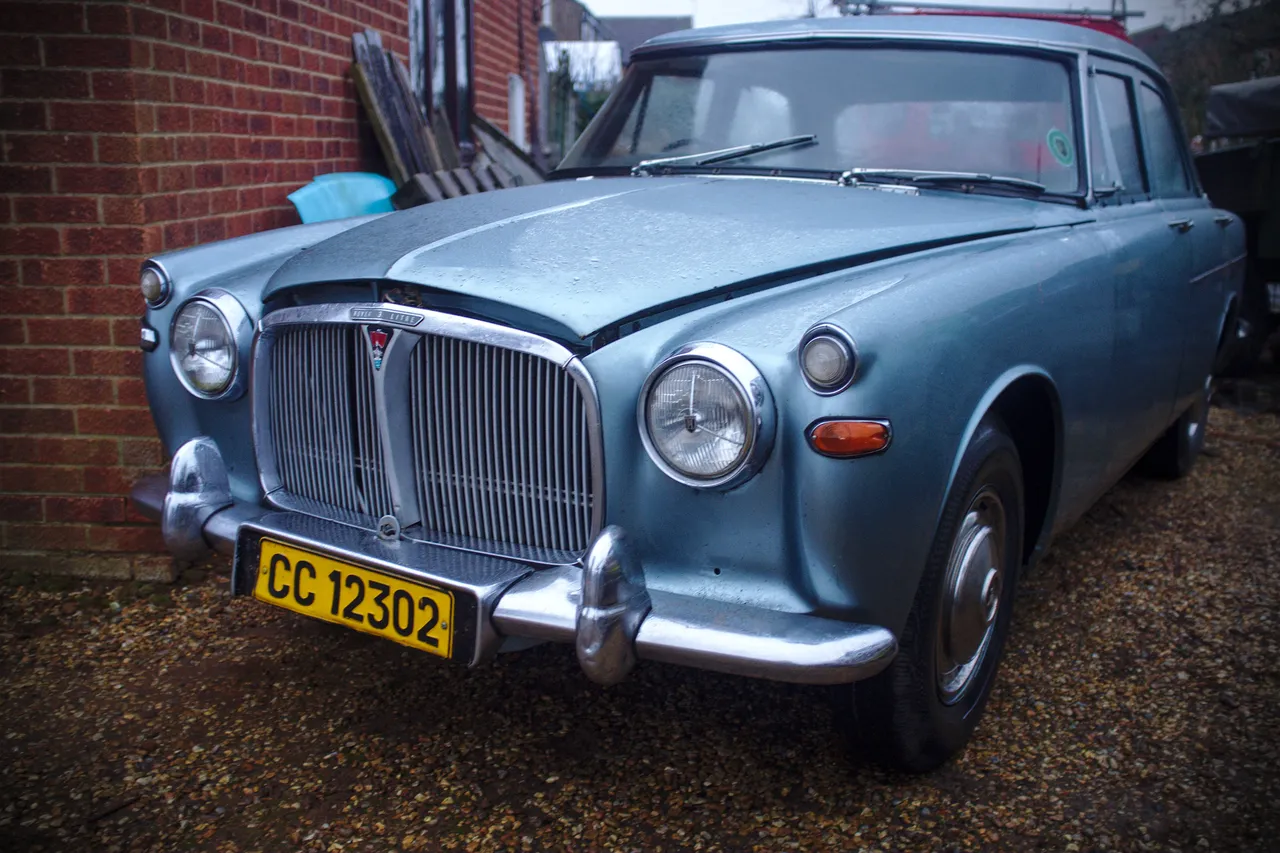The weekend before last, Mazda Amy started making a scary knocking noise at about 2000 RPM upwards when the engine was warm.
By "knocking" I do not mean pinking; I mean that scary kind of knocking that hints at a piston being prepared for a journey into earth orbit, and hinting at a full engine rebuild about 300 miles since the last one. Yay, time to throw some more time and money at a 34 year old hatchback.
I love this car. I always will. I'll never sell her, because I know I would regret that forever.
She's too rare and she is too special - special in both a "special to me" way and in an "unlike any other car ever made" way.
But...not now. Not this engine rebuild right now, days after I've spent a frightening amount of money on parts for the P5.
I made the tough decision to send her away into secure, insulated and dry storage for a little bit.
It broke my heart having to do this. But if I am going to get the P5 done in any reasonable timeframe, I need to sink every spare penny I have into it. And in the meantime, Mazda Amy needs to go some place where she is not going to deteriorate from disuse. This is not goodbye to Mazda Amy; I am kicking the can down the road, and I hope to catch up with that can at some time about six months to a year from now.
Although...even though I knew this wasn't really a goodbye, I will miss her desperately.
I think I only avoided an emotional moment while she was being put onto the truck because I was having a lot of fun talking to the recovery truck's driver. He was a fellow petrolhead who really understood why someone would have so much love for one forgotten rally-homologation variant of a forgotten 1980s hatchback; while he was loading up my car we had wide-ranging conversations about petrolhead topics like the Vauxhall Calibra, the joys of the Rover V8's unique noises, and even our favourite local drift racing drivers. (Quick shout out to Farrow Auto who moved the car for me; I will entirely recommend them to anyone in the area of King's Lynn.)
All of which left me without a working car. And also without a lot of money, by which I mean no fucking money.
A brief quest ensued for something on the really really low-budget end of budget motoring.
I wanted something that costed significantly less than a grand. Making it more difficult, I had a few criteria, which would rightly open me to accusations of being a bit of a prima uomo given the price constraint:
- It must already work. There are huge bargains to be had in the sub-£1000 and especially sub-£500 market, if you feel like doing a bit of work on a car. I don't mind doing any kind of work on cars in the general case, but after three "barely made it home" incidents in Mazda Amy and one bonus "took my chances and can't gauge how lucky I was to make it home" incident in Mazda Amy...I'm tired. I don't mind sinking everything I have into cars. But right now, I just want a working car that gets me to places and then home safely.
- I must be able to get parts for it, cheaply. Here's a good metric: can you get a pair of brake discs and pads from multiple vendors for less than £35?
- There must be no modifications. A car with modifications that is worth less than £1000 is modified in ways that have made the car worse. Returning that to standard costs money. I don't want to spend money.
- Nothing French, because if I had to drive any French car made since about 2003 I would be irresistibility compelled to hate-drive it into a wall.
- Nothing British. There's no shortage of old Jaguars going for very little money, and those are cheap in the same way "Doberman puppy, free to good home" is actually free. There is also no shortage of cars from MG Rover out there for very little money. They are massively underrated, but good luck getting parts for them.
- No automatic gearboxes, because I don't like them.
- No Diesels, out of a misguided sense of principle. (Ask me about that some day.)
- Not a Honda Jazz, because I am not old enough to legally own a Honda Jazz. The law is what it is; complain to your MP if you don't like it, not to me.
Despite me being too fussy...I found something!
You've heard this one before:
Lewis has plans to get a sensible economical daily driver, with a few creature comforts
and ends up with...
...something that is actually completely sensible and economical,
which was not how you expected that one to end. Meet The Shed!
The Shed is a Ford Fiesta 1.4 LX from 2004.
It came with 8 months of MOT and half a tank of fuel.
I saw it advertised on Saturday, and I viewed it an hour later.
After looking it over for about five minutes, I told the owner I was satisfied it did in fact have four wheels and a working engine,
and I handed over her full asking price of...six hundred pounds.
£600! For a working car with no obvious problems!
Even if it fails its next MOT, and I decide that it is not worth fixing, that would allow me to have a car for about £75 a month. That is cheap motoring!
It's not just cheap to buy. It should be cheap to own as well.
It uses almost no fuel, because it has a tiny 1.4 litre engine and weighs as much as a skateboard.
Parts are ridiculously cheap and all of the important stuff is still available brand new, because it is a Ford.
And because it's neither fast nor expensive nor desirable, insurance is really cheap too (about half the cost of Mazda Amy).
The Shed is not in bad condition at all.
I realise that anyone who knows me, knows that I set that bar quite low,
but I think by any reasonable person's standards this is rather good for the money.
It is cosmetically imperfect;
there are no major dents, but it does have several little scars caused by its time in use as a workhorse for a young family.
The silver colour hides a multitude of sins; I'd call it "20 foot good", in that the £600 car looks like at least a £650 car at that distance.
It had a slightly frightening MOT history, but the previous owner's husband is a mechanic; he fixed any advisories & minor faults immediately after they came up.
Most importantly, it is completely solid; there is not so much as a hint of surface rust that would shortly become something much nastier.
The interior is in much better condition.
I was expecting The Shed, as a car that had been used as a child transporter, to have parts missing or broken, and to smell strongly of Fruit Shoots and Marathon bars (or whatever they're called these days). It does not. The Shed is tidy inside and there's minimal wear everywhere.
The Shed is even quite comfortable!
It has air conditioning, electric windows, electric mirrors, and a working (original!) stereo.
To most people I'm sure that reads as someone pleased that their hamburger includes bread and meat.
Do bear in mind that Mazda Amy had none of these things; The Shed is practically a Bentley in comparison.
It's also extremely quiet...compared to a mental turbocharged 1980s rally homologation special with minimal sound deadening and a fucking drainpipe for an exhaust.
I reckon if I had someone in my passenger seat I could talk to them without raising my voice!
I'm...somewhat liking The Shed.
Or maybe I'm just liking the fact I have a car that works,
or maybe those likes are the same thing.
So what's next for The Shed?
I think...pretty much nothing.
I will not make any modifications, because modifying a £600 car will make you slightly poorer, increase your insurance costs, and leave you with a £500 car.
Except, maybe, if I can find some at the right price, getting some alloy wheels to replace these...
...because wheel trims always look bad. Genuine Ford alloys, like those fitted to the Mark 5 Fiesta Zetec, would look much better and would not look "modified".
Otherwise, I want The Shed to be a car that transports me and objects between places, and it does that just fine, just as it is.
I'm unwilling to spend much money on it.
But, even though it is The Shed, it still deserves some cosmetic attention. It'll never be an interesting car, but it may as well look as good as its completely-stock slightly-dull self can.
I've set a budget of £100 to improve it cosmetically; if only for my own entertainment, I want to see how I can make the maximum possible cosmetic impact with almost no money.
I might even document it here as I go!
